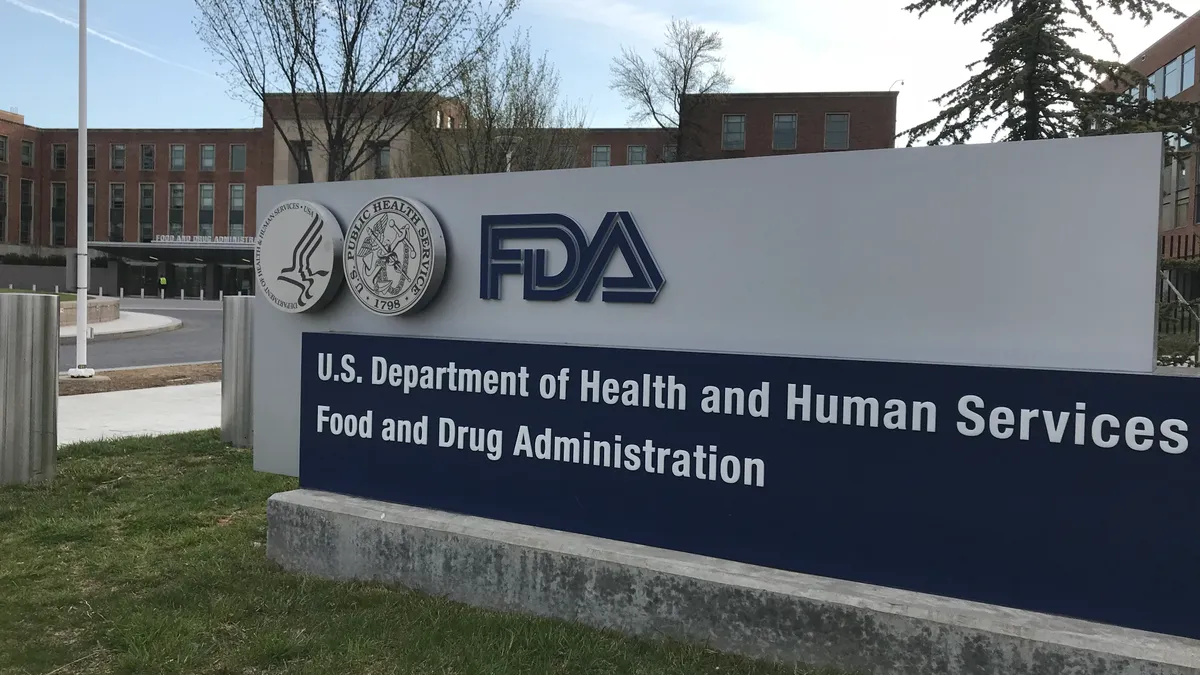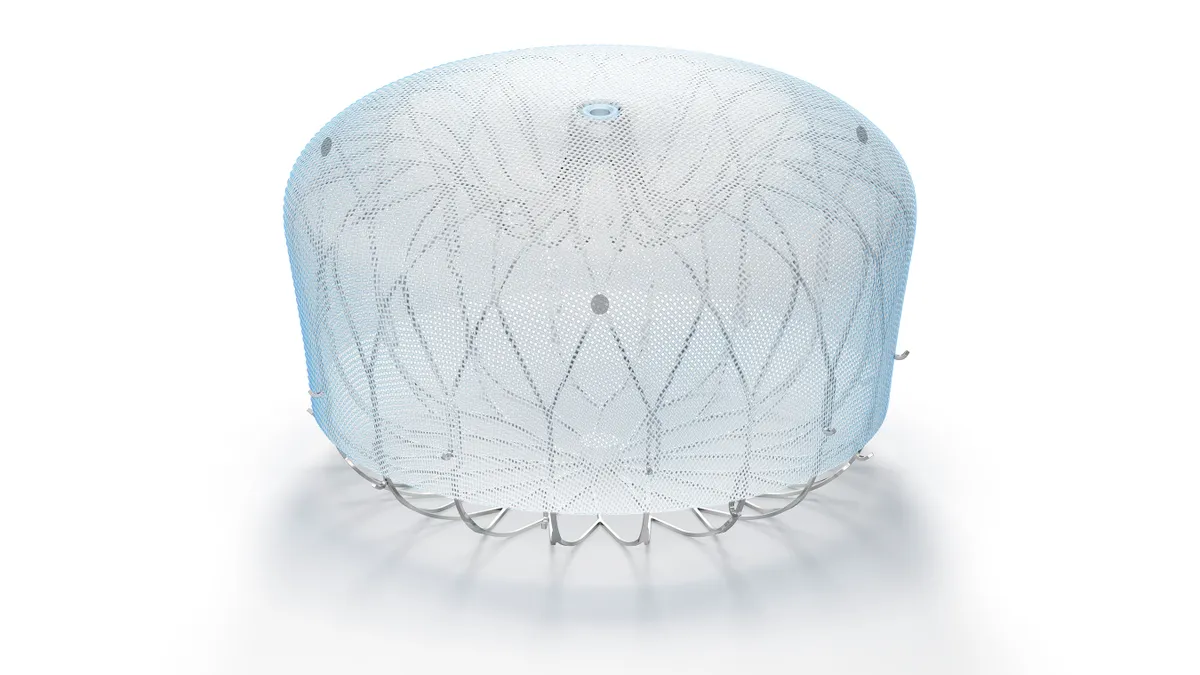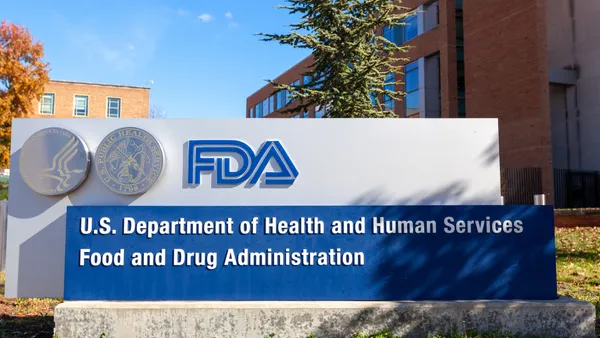Dive Brief:
- FDA's effort to launch a new pathway to market for devices "reasonably expected to improve the benefit-risk profile of a treatment or diagnostic" but not eligible for its Breakthrough Devices Program garnered lukewarm support from the largest medical device trade group in its feedback.
- AdvaMed said while it supports efforts to speed safer medical devices to market, the agency's draft guidance lacks the specificity needed for industry to understand what devices would be eligible for the Safer Technologies Program for Medical Devices (STeP).
- Specifically, the trade lobby took issue with what it calls an unclear definition for devices that have the potential to "significantly" improve safety.
Dive Insight:
The idea for the STeP program, first described in FDA's 2018 Medical Device Safety Action Plan, is to speed patient access to medical devices by providing prioritized review and interactive communication with the review teams tasked with evaluating eligible devices.
FDA's existing Breakthrough Devices Program is limited to devices seeking marketing authorization designed to treat life-threatening or irreversibly debilitating diseases. The proposed STeP program is meant to provide similar advantages to devices not eligible for the breakthrough device designation.
"As a complement to the Breakthrough Devices Program, FDA believes that advancements in medical devices that are ineligible for the Breakthrough Devices Program but offer a significant safety advantage in treating and/or diagnosing less serious diseases or conditions can also provide an important public health benefit," the draft guidance states.
In its comments, AdvaMed commended FDA for trying to accelerate devices that demonstrate safety improvements to market for less serious conditions.
"However, we recommend that the guidance provide a clear and detailed definition of 'significantly' when describing the requirement for inclusion in the program of devices that have the potential to 'significantly' improve safety," AdvaMed vice president of technologies and regulatory affairs Ruey Dempsey wrote.
The group asked FDA to also provide examples of devices that both meet and do not meet the "significantly improved safety" standard in its final guidance to give manufacturers greater clarity.
In its draft guidance, the agency said the timeliness of interactions under the proposed pathway could vary based on if new studies are needed to evaluate a device's safety profile. It also states the agency "does not plan to provide feedback on device development progress or data during status updates."
A definition of what a "timely" response by FDA is would provide uniform expectations for industry, AdvaMed's Dempsey wrote. The organization also asked for FDA to allow reviewers to give "informal high-level feedback" on the development of devices to "facilitate transparency between the review team and device manufacturers."
Centers for Devices and Radiological Health Director Jeff Shuren said upon release of the draft guidance the STeP program will not change FDA's review standards or data requirements for eligible devices.













